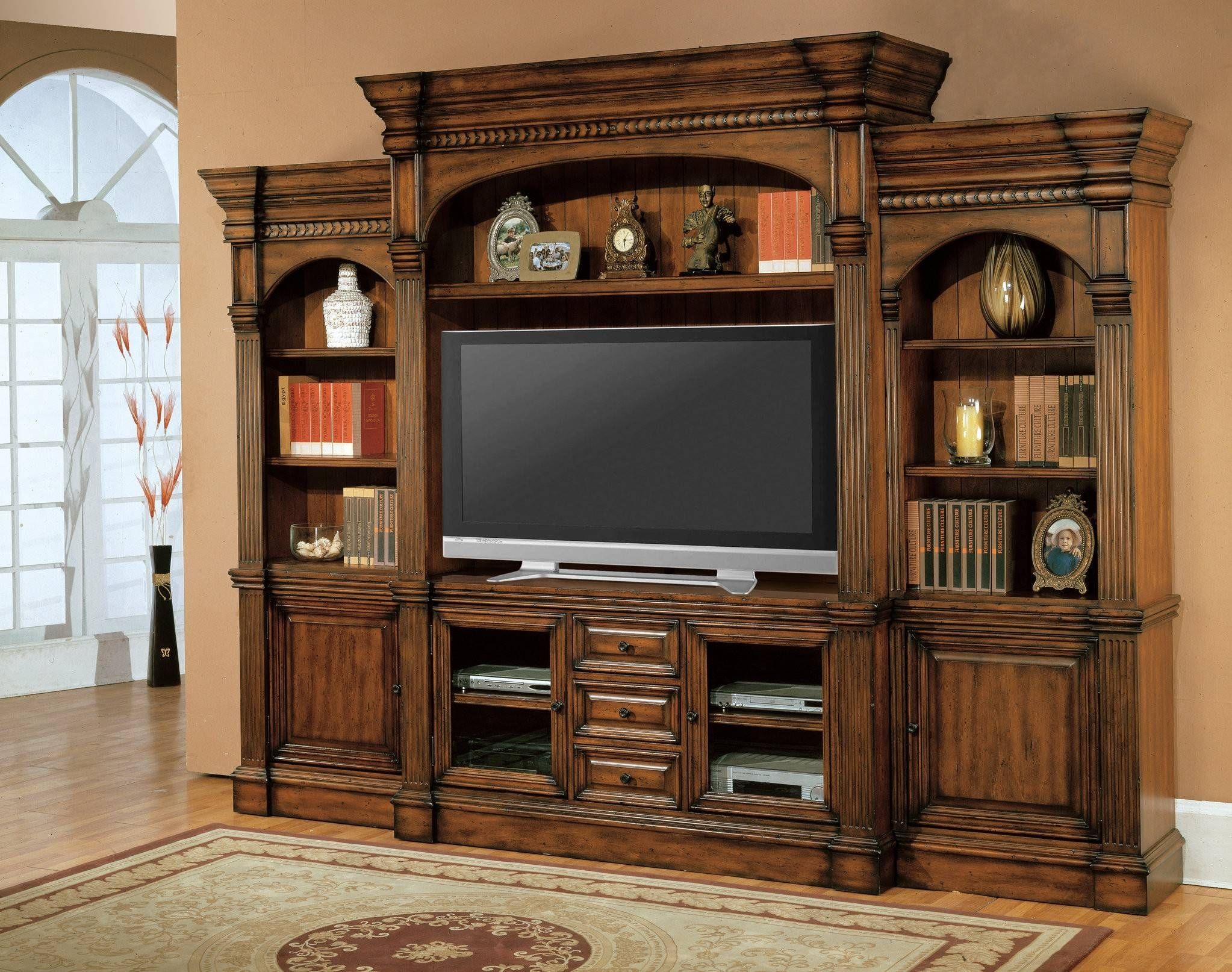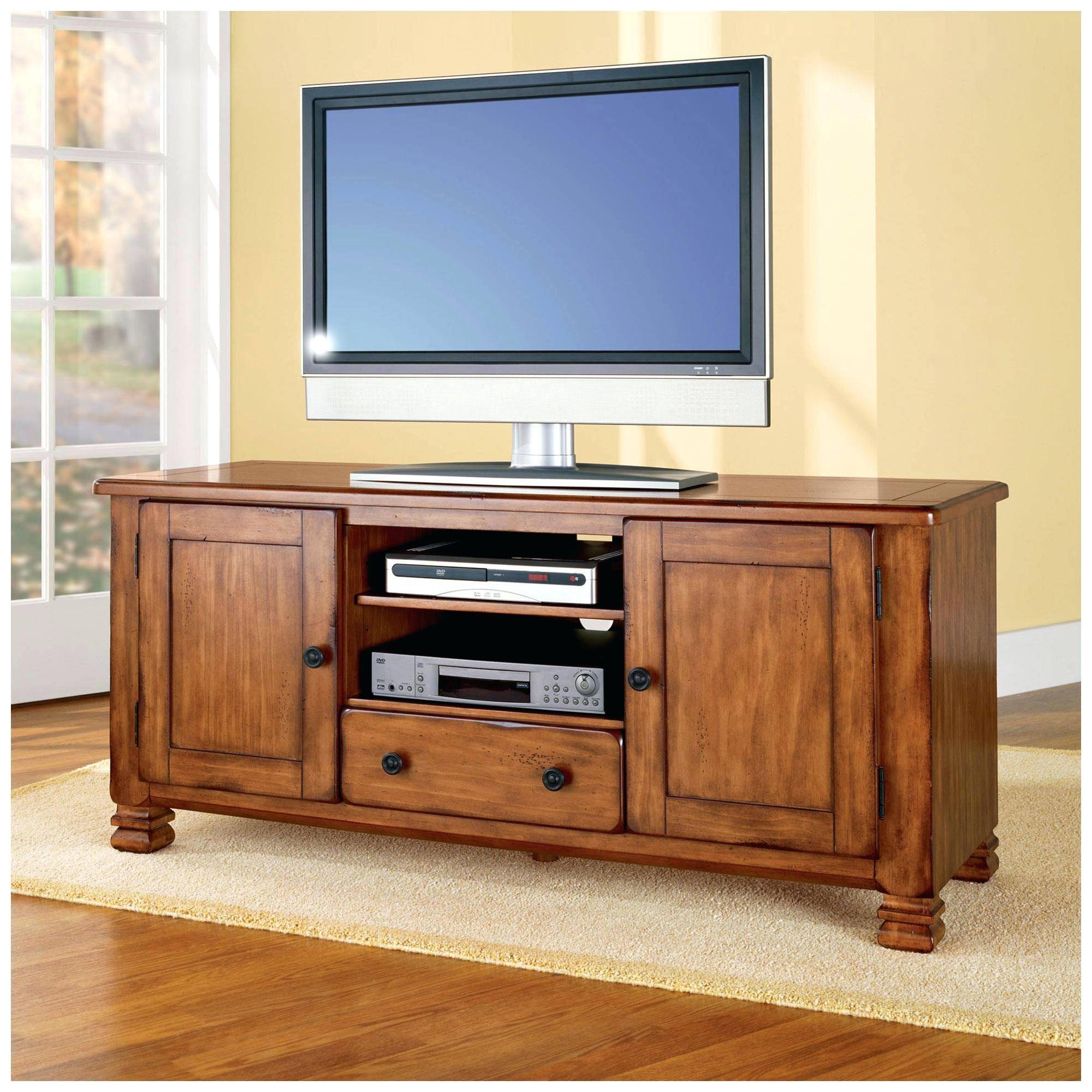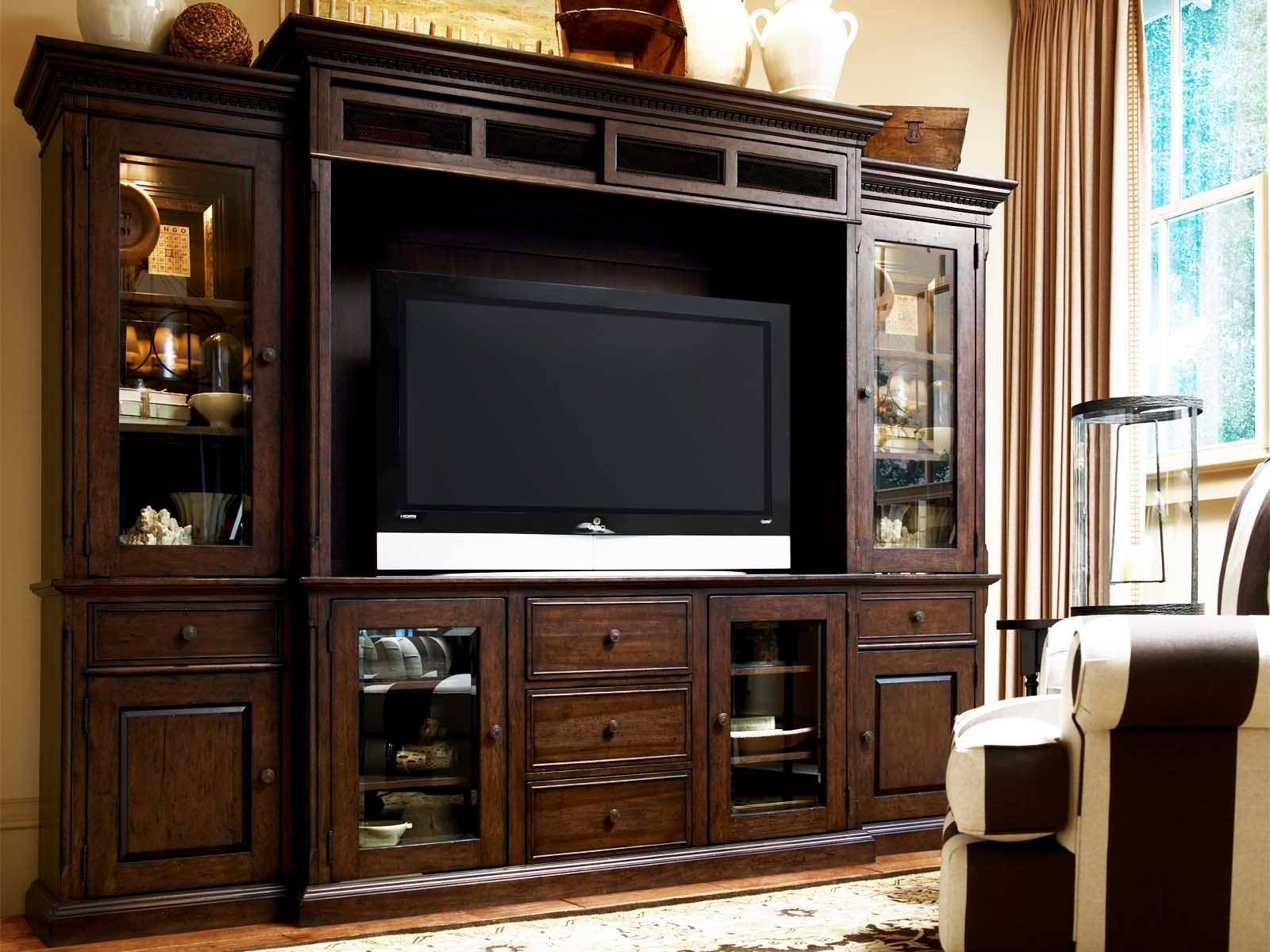Types and Styles of Flat Screen Cabinets with Doors

Choosing the right flat screen cabinet can significantly enhance your home theater setup, blending seamlessly with your existing décor while protecting your valuable investment. The market offers a diverse range of styles, materials, and functionalities to suit various tastes and budgets. Understanding these options is crucial for making an informed decision.
Flat Screen Cabinet Styles
The style of your flat screen cabinet should complement your overall interior design. Whether you prefer a modern, traditional, or minimalist aesthetic, there’s a cabinet designed to fit your vision. Consider these key differences:
- Modern: Modern cabinets often feature clean lines, sleek profiles, and minimalist designs. They frequently incorporate materials like glass, metal, and high-gloss finishes. Think polished chrome accents, subtle lighting, and a focus on functionality.
- Traditional: Traditional cabinets evoke a sense of classic elegance. They tend to use rich wood tones, ornate details, and more substantial construction. Expect to see carvings, decorative molding, and possibly a more rustic or antique finish.
- Minimalist: Minimalist cabinets prioritize simplicity and functionality. They typically feature clean lines, neutral colors, and a lack of ornamentation. The focus is on creating a streamlined, uncluttered look that integrates seamlessly into the surrounding environment.
| Style | Material | Key Features | Price Range |
|---|---|---|---|
| Modern | Glass, Metal, High-Gloss Wood | Sleek design, clean lines, integrated lighting | $300 – $2000+ |
| Traditional | Solid Wood, Veneer | Ornate details, carvings, rich wood tones | $500 – $5000+ |
| Minimalist | MDF, Laminate, Painted Wood | Simple design, neutral colors, functionality | $200 – $1500+ |
Flat Screen Cabinet Door Styles
The choice of door style significantly impacts both the functionality and aesthetic appeal of your cabinet. Consider these options:
- Hinged Doors: Traditional and reliable, hinged doors swing open to provide full access to the cabinet’s interior. They offer a classic look and are generally easy to install and use. However, they require sufficient clearance for opening.
- Sliding Doors: Sliding doors move along a track, offering space-saving convenience. They’re ideal for smaller rooms or areas with limited space. However, they may not provide as much access as hinged doors.
- Bi-fold Doors: Bi-fold doors fold in half, offering a compromise between hinged and sliding doors. They provide good access while still being relatively space-efficient. However, they can be more complex to install than hinged doors.
Flat Screen Cabinet Materials, Flat screen cabinet with doors
The material of your cabinet impacts its durability, aesthetics, and overall cost. Each material offers a unique set of advantages and disadvantages:
Wood
- Pros: Durable, aesthetically pleasing, can be stained or painted to match any décor, offers a sense of warmth and sophistication.
- Cons: Can be expensive, susceptible to scratches and damage, requires regular maintenance.
Metal
- Pros: Durable, resistant to scratches and damage, modern and sleek appearance, can be easily cleaned.
- Cons: Can be more expensive than some other materials, may be susceptible to dents, can feel cold to the touch.
Glass
- Pros: Modern and sleek, allows for visibility of the TV and other components, easy to clean.
- Cons: Can be fragile and prone to breakage, may require more careful handling, can be more expensive than other materials.
Choosing the Right Flat Screen Cabinet

Selecting the perfect flat screen cabinet is crucial for both the longevity of your television and the aesthetic appeal of your room. A poorly chosen cabinet can lead to overheating, damage, and a less-than-ideal viewing experience. This guide will help you navigate the key considerations to ensure your investment enhances your home entertainment setup.
Cabinet Size and TV Screen Size
Determining the appropriate cabinet size hinges on two primary factors: your television’s screen size and the dimensions of your room. A cabinet that’s too small will look cramped and potentially hinder ventilation, while one that’s too large can overwhelm the space and look disproportionate. Consider these scenarios:
A 55-inch television, for example, would ideally fit in a cabinet with a width of at least 60 inches to allow for sufficient space on either side. In a smaller living room, a 48-inch cabinet might suffice, provided it has adequate depth for the TV and associated components. Conversely, a large 75-inch screen might require a cabinet 80 inches wide or even wider, depending on the depth of the cabinet and the overall room size. Always measure your TV and the available space before making a purchase. Remember to account for the stand or base of the television as well, as this adds to the overall dimensions. A larger room allows for a more substantial cabinet, whereas a smaller room requires a more compact solution.
Essential Cabinet Features
The features of your flat screen cabinet significantly impact its functionality and lifespan. Choosing the right features ensures both the safety of your TV and the convenience of its use.
| Feature | Description | Importance | Examples |
|---|---|---|---|
| Ventilation | Adequate airflow prevents overheating, extending the life of your television. | High | Open back panels, perforated doors, or strategically placed vents. |
| Cable Management | Organized cable routing keeps wires hidden and prevents clutter. | Medium | Built-in cable channels, cord covers, or dedicated compartments. |
| Shelving | Provides space for additional components like game consoles, Blu-ray players, or soundbars. | Medium | Adjustable shelves, fixed shelves, or a combination of both. |
| Adjustable Height | Allows for customization to suit different viewing preferences and room heights. | Low | Adjustable feet or a height-adjustable stand. |
Ideal Placement Strategies
The placement of your flat screen cabinet significantly influences the viewing experience and overall room design. Consider these factors to optimize your setup.
- Lighting: Avoid placing the cabinet in direct sunlight, as this can cause glare on the screen and potentially damage the TV. Ideally, position it where ambient light is soft and diffused.
- Viewing Angles: Ensure the cabinet is positioned to provide optimal viewing angles for all viewers in the room. Avoid placing it in a corner where viewers on one side will have a significantly skewed perspective.
- Room Design: Consider the overall aesthetic of your room. Choose a cabinet style and finish that complements your existing décor. Think about the wall color and the style of other furniture in the room to create a cohesive and visually appealing space.
- Accessibility: Ensure easy access to the cabinet for maintenance and component connection/disconnection. Avoid placing it in a tight spot where reaching the back or sides will be difficult.
DIY and Customization Options for Flat Screen Cabinets with Doors: Flat Screen Cabinet With Doors

Building your own flat screen cabinet offers unparalleled control over design, functionality, and cost. This empowers you to create a truly bespoke piece that perfectly complements your home theater setup or living room aesthetic. Customizing an existing cabinet provides a similarly rewarding experience, allowing you to refresh a tired piece of furniture and breathe new life into your space. Let’s explore the possibilities.
Three Flat Screen Cabinet Designs with Dimensions and Material Specifications
Below are three distinct flat screen cabinet designs, each catering to different needs and styles. These designs provide detailed dimensions and material suggestions to guide your DIY project. Remember to adjust dimensions to accommodate your specific television size and personal preferences.
Design 1: The Minimalist
Dimensions: Width: 48 inches, Depth: 16 inches, Height: 30 inches.
Materials: MDF (Medium-Density Fiberboard) for the carcass, solid oak for the doors and frame, clear acrylic for the door handles. A simple, modern design with clean lines and minimal ornamentation. The doors could be flush-mounted for a sleek look. The internal shelving could be adjustable to accommodate different equipment.
Design 2: The Rustic Farmhouse
Dimensions: Width: 54 inches, Depth: 18 inches, Height: 36 inches.
Materials: Reclaimed wood (pine or barn wood) for the carcass and doors, wrought iron hinges and handles. This design emphasizes a rustic aesthetic, with visible wood grain and potentially distressed finishes. The doors could be paneled for added visual interest. Internal shelving should be sturdy to support heavier components. Consider adding a decorative molding to the top for a more finished look.
Design 3: The Modern Contemporary
Dimensions: Width: 60 inches, Depth: 14 inches, Height: 32 inches.
Materials: High-gloss lacquered MDF for the carcass, tempered glass for the doors, brushed stainless steel for the frame and handles. This design prioritizes a sleek, contemporary look. The glass doors offer a sophisticated touch, showcasing the entertainment equipment within. Internal compartments could be illuminated with LED lighting for a dramatic effect.
Building a Simple Flat Screen Cabinet from Scratch
Constructing a basic flat screen cabinet involves several key steps. A well-organized approach ensures a successful outcome. Precise measurements and careful assembly are critical for a structurally sound and visually appealing cabinet.
Materials List:
* Sheets of plywood or MDF (quantity depends on cabinet dimensions)
* Wood glue
* Screws
* Hinges
* Door handles
* Sandpaper
* Wood stain or paint
* Measuring tape
* Saw (circular saw or jigsaw)
* Drill
* Level
* Clamps
Step-by-Step Instructions:
1. Cut the plywood or MDF according to your chosen dimensions. This will involve creating the sides, top, bottom, and shelves. Accurate cuts are essential for a proper fit.
2. Assemble the cabinet frame using wood glue and screws. Ensure all joints are square and secure. Clamps will help maintain alignment during glue drying.
3. Attach the shelves to the cabinet frame. Consider using adjustable shelf supports for greater flexibility.
4. Attach the doors to the cabinet using hinges. Ensure the doors align correctly and close smoothly.
5. Install the door handles.
6. Sand the entire cabinet to create a smooth surface.
7. Apply wood stain or paint to the cabinet. Multiple coats may be needed for a durable and even finish.
Diagram Description: A detailed diagram would show a top-down view of the cut pieces of plywood/MDF, labeled with dimensions. A second diagram would depict the assembled frame, highlighting the joints and screw placement. A third diagram would illustrate the door placement and hinge mechanism. A fourth diagram would show the completed cabinet with doors and handles.
Customizing an Existing Flat Screen Cabinet
Updating an existing cabinet can dramatically change its appearance and functionality. Consider these customization options to personalize your flat screen cabinet:
- Changing the finish: Repainting or restaining the cabinet in a new color or finish can completely transform its look. Consider using a high-quality paint or stain to ensure durability.
- Adding new features: Installing additional shelves, drawers, or compartments can improve storage and organization. Consider adding a cable management system to conceal wires and improve aesthetics.
- Incorporating smart technology: Integrate smart lighting, such as LED strip lights inside the cabinet, controlled via a smart home system. This adds a modern touch and improves functionality.
- Replacing the hardware: Updating the hinges, handles, and knobs can significantly alter the cabinet’s aesthetic. Choose hardware that complements your home’s style.
- Adding decorative elements: Incorporate molding, trim, or decorative accents to enhance the cabinet’s visual appeal. This could include adding crown molding to the top or baseboard to the bottom.
